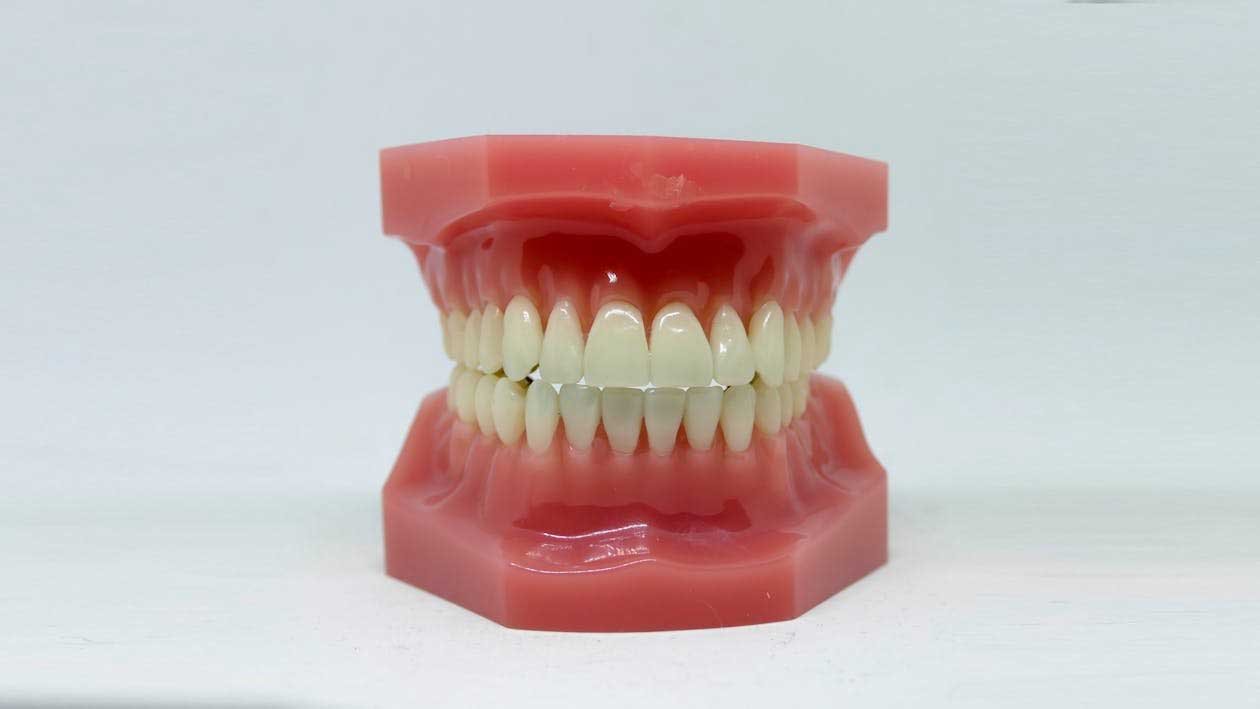A missing tooth is hard to ignore. It affects more than just your appearance—it can change how you speak, eat, and feel about yourself. When gaps appear in a once-complete smile, confidence often quietly fades. But tooth loss isn’t just cosmetic; over time, it can impact your comfort, health, and social life. Taking thoughtful, timely action can determine whether that gap becomes a long-term issue—or the first step toward renewed strength and function.
Here are some things you can do about tooth loss.
Understanding the Long-Term Impact of Missing Teeth on Oral Structure
Tooth loss sets off a chain reaction. Each tooth plays a vital role in maintaining the alignment and stability of your jaw. When one is lost, neighboring teeth begin to shift toward the gap, disrupting your bite and placing uneven pressure on the remaining teeth. This imbalance can lead to faster wear, discomfort, and difficulty chewing. Meanwhile, the jawbone beneath the missing tooth begins to deteriorate due to lack of stimulation. Over time, this bone loss can alter your facial structure, leading to a sunken or aged appearance. Addressing the issue early helps preserve both function and facial aesthetics.
Exploring the Importance of Restoring Function Alongside Appearance
Tooth loss affects more than your smile—it disrupts essential functions like chewing, speaking, and even breathing comfortably. Teeth work together as a system, and when one is missing, the rest are forced to compensate. This can lead to overuse, jaw pain, and further dental issues. While aesthetics often draw the most attention, restoring function is just as critical. Replacing missing teeth helps you regain ease in daily activities and supports your overall well-being and quality of life.
Maintaining Gum and Bone Health to Preserve Your Remaining Teeth
Tooth loss can compromise the health of surrounding gums and bone if not properly managed. Gaps can become breeding grounds for bacteria, especially in areas that are harder to clean due to shifting teeth. Healthy gums are the foundation for a strong smile and maintaining them is essential. Daily oral care, regular professional cleanings, and prompt treatment of issues like gingivitis are key to preventing further deterioration. Bone health is equally important—once bone begins to erode, nearby teeth lose support and become more vulnerable to loosening or loss.
Considering Replacement Options That Support Stability and Comfort
Tooth replacement should address both the visible gap and the underlying support structure. While traditional bridges and dentures serve specific purposes, dental implants offer a more permanent and stable solution. Anchored directly into the jawbone, implants mimic natural tooth roots, preventing bone loss and maintaining alignment. They restore full function and provide a natural appearance—without the slipping or discomfort of removable options. For those seeking long-term comfort and confidence, you may consider dental implants in Cary, or in your local region.
Conclusion
Tooth loss doesn’t have to define your future. With timely, informed action, you can restore comfort, confidence, and control. Your smile—and your strength—are shaped by the choices you make today. You are not defined by what’s missing, but by how you respond. With the right care, clarity, and resources, every lost tooth becomes an opportunity to rebuild with resilience and purpose.
















